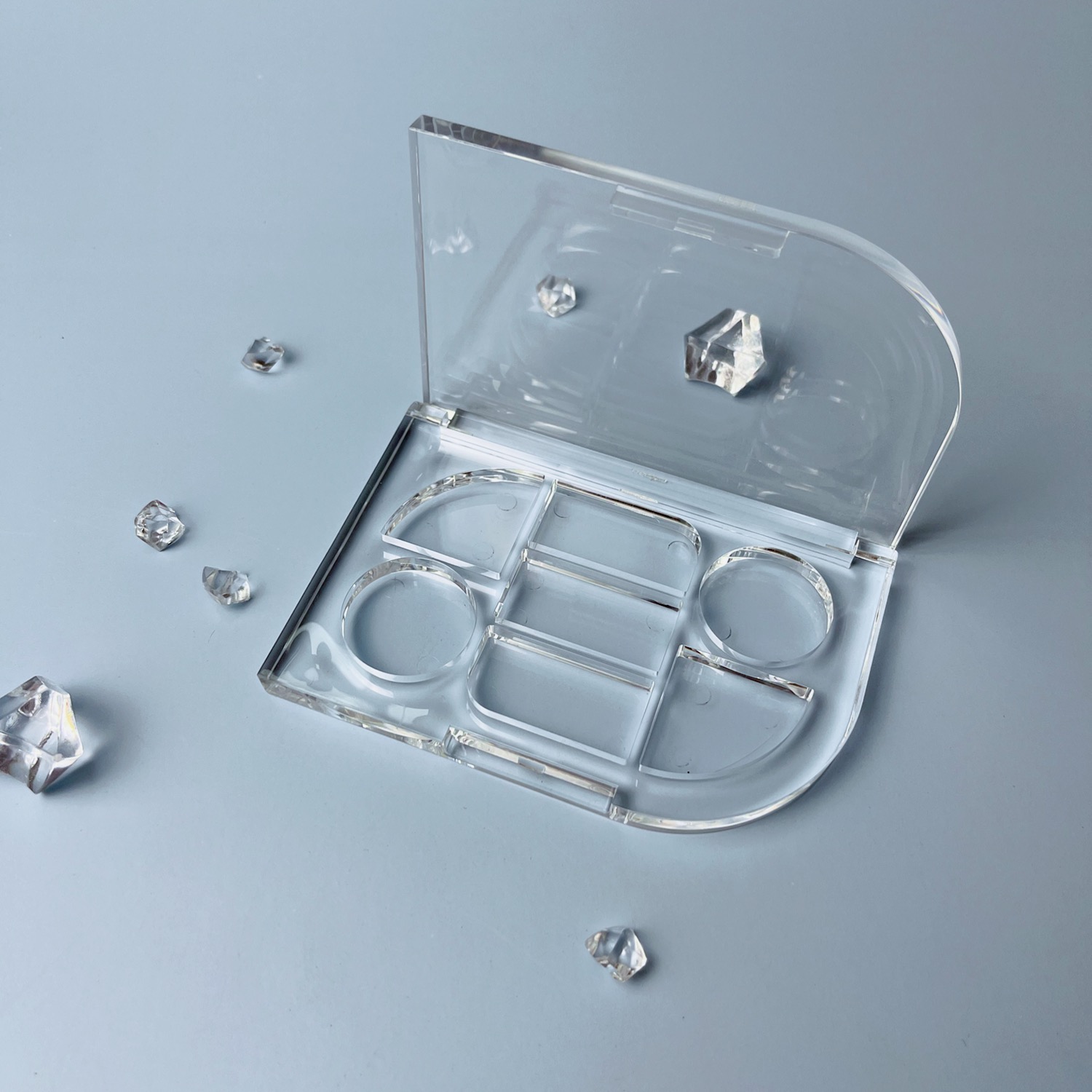
Cosmetic Packaging Trends to Watch in 2025
Introduction
The cosmetics industry is evolving rapidly, driven by changing consumer preferences, technological advancements, and increasing environmental concerns. Packaging plays a crucial role in brand identity, product protection, and sustainability efforts. As we approach 2025, several key trends are emerging that will shape the future of cosmetic packaging.
This article explores the most significant cosmetic packaging trends expected to dominate in 2025, including sustainability, smart packaging, minimalist designs, personalization, and innovative materials. Understanding these trends will help brands stay competitive and meet consumer demands effectively.
---
1. Sustainability and Eco-Friendly Packaging
1.1 The Rise of Biodegradable and Compostable Materials
Consumers are increasingly demanding eco-friendly packaging solutions. In response, brands are shifting toward biodegradable and compostable materials such as:
- Plant-based plastics (e.g., sugarcane-derived polyethylene)
- Mushroom-based packaging (mycelium)
- Algae-based materials
- Paper and cardboard with water-based coatings
These materials reduce reliance on traditional plastics and minimize environmental impact.
1.2 Refillable and Reusable Packaging
Refillable packaging is gaining popularity as a way to reduce waste. Brands are introducing:
- Modular designs where consumers can replace only the product insert
- Durable outer packaging made from glass, metal, or recycled plastics
- Subscription-based refill programs to encourage long-term use
This trend aligns with the circular economy model, promoting sustainability while enhancing brand loyalty.
1.3 Recycled and Ocean-Bound Plastics
To combat plastic pollution, many brands are incorporating:
- Post-consumer recycled (PCR) plastics
- Ocean-bound plastics (collected from coastal areas)
- Upcycled materials from industrial waste
These initiatives help reduce landfill waste while maintaining packaging durability.
---
2. Smart and Interactive Packaging
2.1 NFC and QR Code Integration
Near-field communication (NFC) and QR codes enable brands to provide:
- Product authenticity verification
- Detailed ingredient sourcing information
- Personalized skincare recommendations
- Interactive tutorials or augmented reality (AR) experiences
This technology enhances consumer engagement and transparency.
2.2 Temperature-Sensitive and Active Packaging
Innovative packaging solutions include:
- Color-changing labels to indicate product freshness
- Self-heating or cooling containers for enhanced application
- UV-sensitive inks that react to sunlight exposure
These features improve functionality and user experience.
2.3 RFID and Blockchain for Supply Chain Transparency
Blockchain and RFID tags allow consumers to track:
- Product origin
- Manufacturing processes
- Carbon footprint data
This level of transparency builds trust and appeals to ethically conscious buyers.
---
3. Minimalist and Luxury Aesthetics
3.1 Clean, Simple Designs
Minimalist packaging remains a strong trend, featuring:
- Neutral color palettes (beige, white, soft pastels)
- Matte and frosted finishes
- Sleek, geometric shapes
This approach appeals to consumers seeking elegance and sophistication.
3.2 Monochrome and Bold Typography
Brands are experimenting with:
- High-contrast black-and-white designs
- Custom fonts and embossed logos
- Metallic foil accents
These elements create a premium, high-end look.
3.3 Transparent and "Skinimalist" Packaging
"Skinimalism" (a focus on simplicity in skincare) is influencing packaging with:
- Clear containers to showcase product textures
- Reduced labeling for a clutter-free appearance
- Sustainable yet luxurious materials like glass and bamboo
This trend emphasizes authenticity and ingredient transparency.
---
4. Personalization and Customization
4.1 Bespoke Packaging Options
Brands are offering:
- Custom-engraved containers
- Personalized shade-matching tools
- Modular packaging where consumers mix and match components
This enhances consumer connection and exclusivity.
4.2 AI-Driven Customization
Artificial intelligence is enabling:
- Virtual try-on tools for makeup shades
- Personalized skincare formulations
- Algorithm-based packaging recommendations
These innovations cater to individual preferences.
4.3 Limited Edition and Collaborations
Exclusive packaging designs through:
- Artist collaborations
- Seasonal collections
- Cultural or cause-related themes
These strategies create urgency and collectibility.
---
5. Innovative Materials and Structural Designs
5.1 Waterless and Solid Formats
To reduce plastic waste, brands are introducing:
- Solid shampoos, conditioners, and serums
- Waterless concentrates in dissolvable pods
- Compact powder-based formulations
These formats require less packaging and lower shipping costs.
5.2 Airless and Pump Dispensers
Airless packaging extends product shelf life by:
- Preventing oxidation
- Reducing contamination risks
- Ensuring precise dosing
This is particularly popular for serums and creams.
5.3 Flexible and Lightweight Packaging
To reduce carbon footprint, brands are adopting:
- Pouches instead of rigid bottles
- Thin-walled containers
- Collapsible tubes
These designs minimize material use and shipping weight.
---
6. Regulatory and Ethical Considerations
6.1 Compliance with Global Sustainability Laws
Governments are enforcing stricter packaging regulations, including:
- Extended Producer Responsibility (EPR) laws
- Bans on single-use plastics
- Mandatory recycling labeling
Brands must adapt to remain compliant.
6.2 Vegan and Cruelty-Free Certifications
Consumers prefer packaging that aligns with ethical values, such as:
- Leaping Bunny or PETA certifications
- Vegan-friendly inks and adhesives
- Fair-trade sourcing
These credentials enhance brand reputation.
---
Conclusion
The cosmetic packaging landscape in 2025 will be shaped by sustainability, technology, minimalism, personalization, and material innovation. Brands that embrace these trends will not only meet consumer expectations but also contribute to a more environmentally responsible industry.
By focusing on eco-friendly materials, smart packaging solutions, and luxury aesthetics, companies can differentiate themselves in a competitive market. The future of cosmetic packaging is not just about aesthetics—it’s about functionality, sustainability, and creating meaningful consumer experiences.
As we move toward 2025, the key to success lies in balancing innovation with responsibility, ensuring that packaging is as good for the planet as it is for the product inside.

Copyright © 2022 Jinhua Xingqiao Plastic Industry Co., Ltd
เว็บไซต์นี้ใช้คุกกี้เพื่อให้แน่ใจว่าคุณได้รับประสบการณ์ที่ดีที่สุดบนเว็บไซต์ของเรา
ความคิดเห็น
(0)